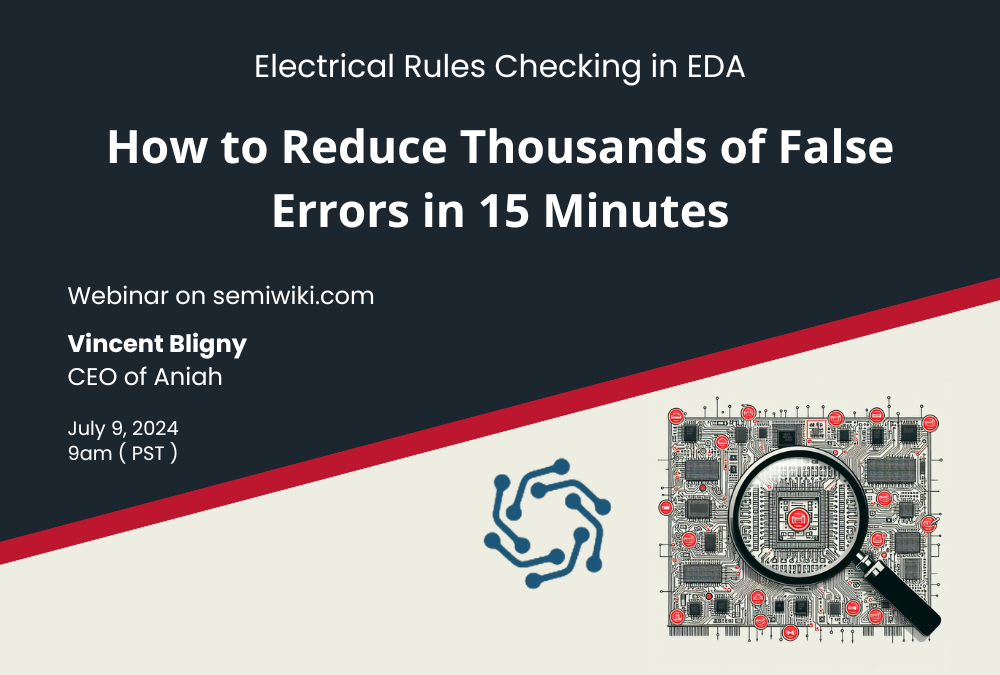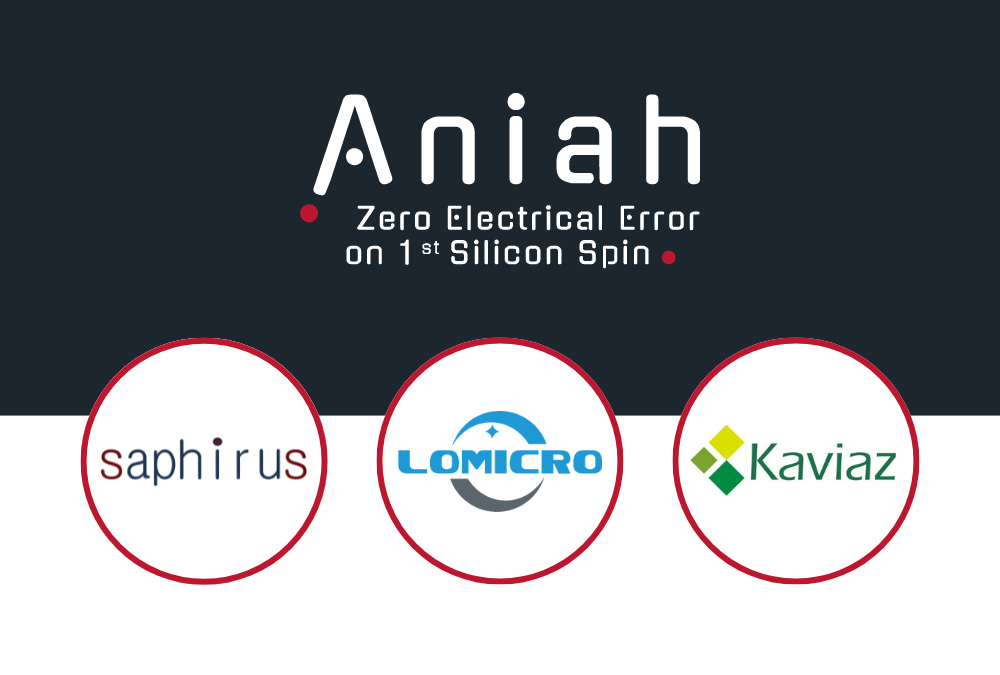This whitepaper exhibits some situations that might get overlooked by the standard approach and eyeball checking. There is also a description of the difficulties of performing mixed-signal tests that could detect these types of situations. To overcome this verification challenge, we introduce a reliable static electrical analysis tool that runs built-in assertion checks to netlists with billions of devices in a short runtime.

Webinar – How to Reduce Thousands of False Errors in 15 Minutes
Analyzing electrical errors across an IP or a SoC at top level, can be a painful and long process, often requiring extensive setup time and hundred of hours to distinguish real issues from false positives. To address this challenge, Aniah developed OneCheck, a formal...


